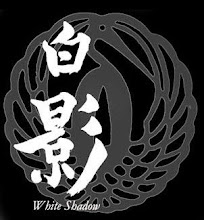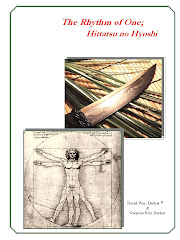"Sure that’s just a ploy to buy another knife!" OOPS, I guess my wife is onto my scheme. It does seem that I have amassed a lot of new knives while making very little advances in writing my new book. My latest acquisition is an odd looking knife produced by Spyderco™. One of the determining
 factors in buying this knife, called the "Civilian," was that James Keating actually produced a video for users of this unique knife. I intend to order a copy of the video at my first opportunity. The other factor was a comment I read that the knife proved to be "too lethal" for the use that it was originally intended for. I an abstruse way that recommends it to me for self-defense use.
factors in buying this knife, called the "Civilian," was that James Keating actually produced a video for users of this unique knife. I intend to order a copy of the video at my first opportunity. The other factor was a comment I read that the knife proved to be "too lethal" for the use that it was originally intended for. I an abstruse way that recommends it to me for self-defense use.One of the most interesting parts of writing this new book has been my exploration of the fringes of knife design. This fully serrated hawkbill style knife certainly pushes the limits in imagination and functionality. Spyderco included a long note in the vinyl zipper case explaining that this knife was a departure from their normal "White Hat" (good guys) policy of making knives to be used strictly as tools. I think this is the first time I ever knew a company to feel obligated to explain their stand on the function of a knife. This is a quote from their website.
"In the 1990s Spyderco was approached by a specialized branch of U.S. law enforcement about making a knife for their undercover agents. These plain-clothes LEOs found themselves in situations where they often could not carry a firearm but carrying a knife was not a problem. Most had no formal training in self-defense tactics but as a last resort could use a blade to protect or extricate themselves from a life-threatening situation. This was how the Civilian model came to be."
Spyderco Website
The Civilian is a natural extension of my investigation into exotic knives like the Szabo/Black Cloud Argentine, Jaws, and Kamaitachi, as well as more traditional keris and kerambit. The blade form and function clearly parallel that of a karambit. Each new blade teaches me something, alters my perceptions of what works and why, and leads me onto new levels of understanding. Hopefully I can pass this knowledge onto you, the reader, in such a way as to help you decide upon a knife that is perfectly suited for your personal training and defense. I must admit that the shape of the Civilian is counter to my visual tastes in knives, that is one of the useless prejudices that I need to shed. After all, I have said time and time again, "knives are intended to do two things, cut and stab." Stay tuned because now it’s time to head for the dojo to see how well the Civilian performs these tasks.






